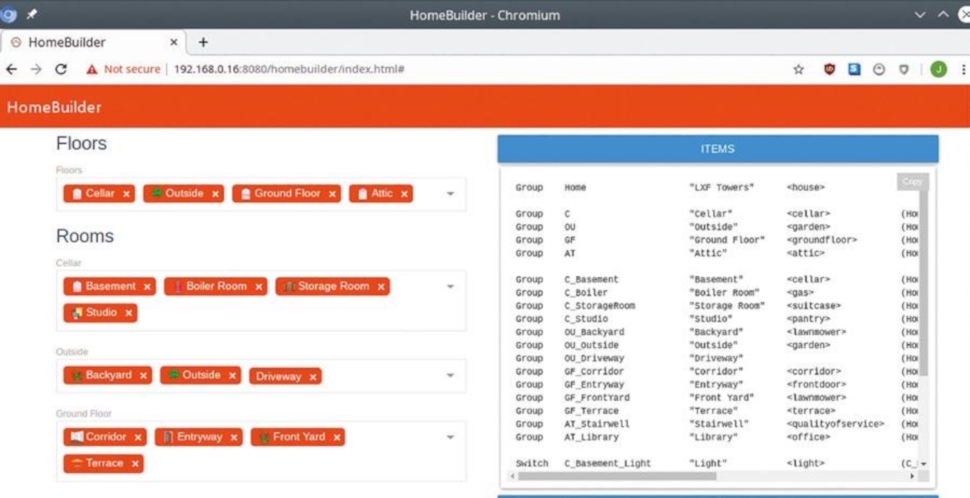How to build a Linux-powered smart home
Add some intelligence to your home and offices
A smart home office?
To the cynic, all this new smartification of everyday items seems to involve putting networked computers in places where they’re not needed, and needing so many companion apps on one’s smartphone to keep tabs on all these smart things.
In so doing, one opens all these devices (and possibly your phone too) up to attack.
Some manufacturers are better than others at keeping their IoT things secured, and many attacks could be prevented by users changing default credentials.
Since 2016, Raspberry Pi’s no longer ship with the SSH service enabled because it’s too easy to spot them when they’re exposed to the Internet.
But there’s a lot of smarthome projects that are fun, safe, and will bring some degree of joy to your home.
Lots of these are variations on standard Pi maker projects, we really liked for example Elio Struyf’s project. This uses an LED array as a status indicator for outside your home office.
Watch this!
The pandemic has gotten lots of us quite used to video conferencing, and with that comes the terrible fear of children (or grown up children) interrupting your work chatter.
Are you a pro? Subscribe to our newsletter
Sign up to the TechRadar Pro newsletter to get all the top news, opinion, features and guidance your business needs to succeed!
Perhaps a brightly coloured warning light, that in this case hooks in to your Microsoft Teams account (it could be easily adapted to other services) to see if your status is “busy”.
Home security systems are all the rage too. Again, the Raspberry Pi is excellent at this, you could adapt our Motion tutorial from LXF266 to set this up, rather than going with an off the shelf product.
Besides security concerns, such products could at any point stop being supported by the manufacturer, which effectively makes them useless.
This very thing happened when Google bought Nest back in 2014. Then last year they announced they were shutting down the Works With Nest program, effectively bricking all the legacy Nest hardware that wasn’t produced by Google.
In theory this could happen with open source projects too, but if it does, then at least the code is all there for someone else to take the reigns.

Hot smart stuff
Utility companies are keen for everyone to have smart-meters now, and these go in tandem with smart boilers, smart thermostats, smart fridges. In theory these can save you money, and it’s certainly satisfying being able to pre-warm your house as you travel home.
We’ll show you how you can connect all of these together through openHAB, the open source Home Automation Bus. No smarthome would be complete without a Voice Assistant, so we’ll revisit our old friend Mycroft over the page.
We’re also embracing Docker this issue so we’ll look at using that to smarten up your home office set up, using the Nextcloud cloud productivity suite.
Then we’ve got some tips on containing this container overload with Portainer, which is a management engine used to constrain your container overload! We’ll also show you how to set up your very own video conferencing service with Jitsi Meet.
It’s going to be an action packed few pages, so get yourself a cup of tea and enjoy!